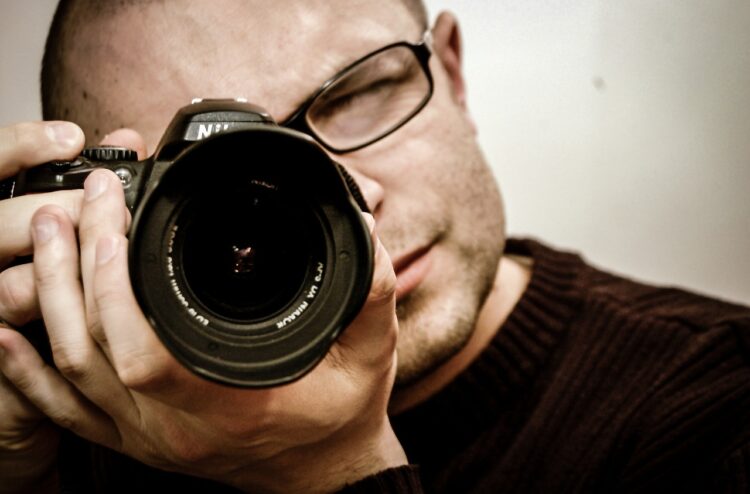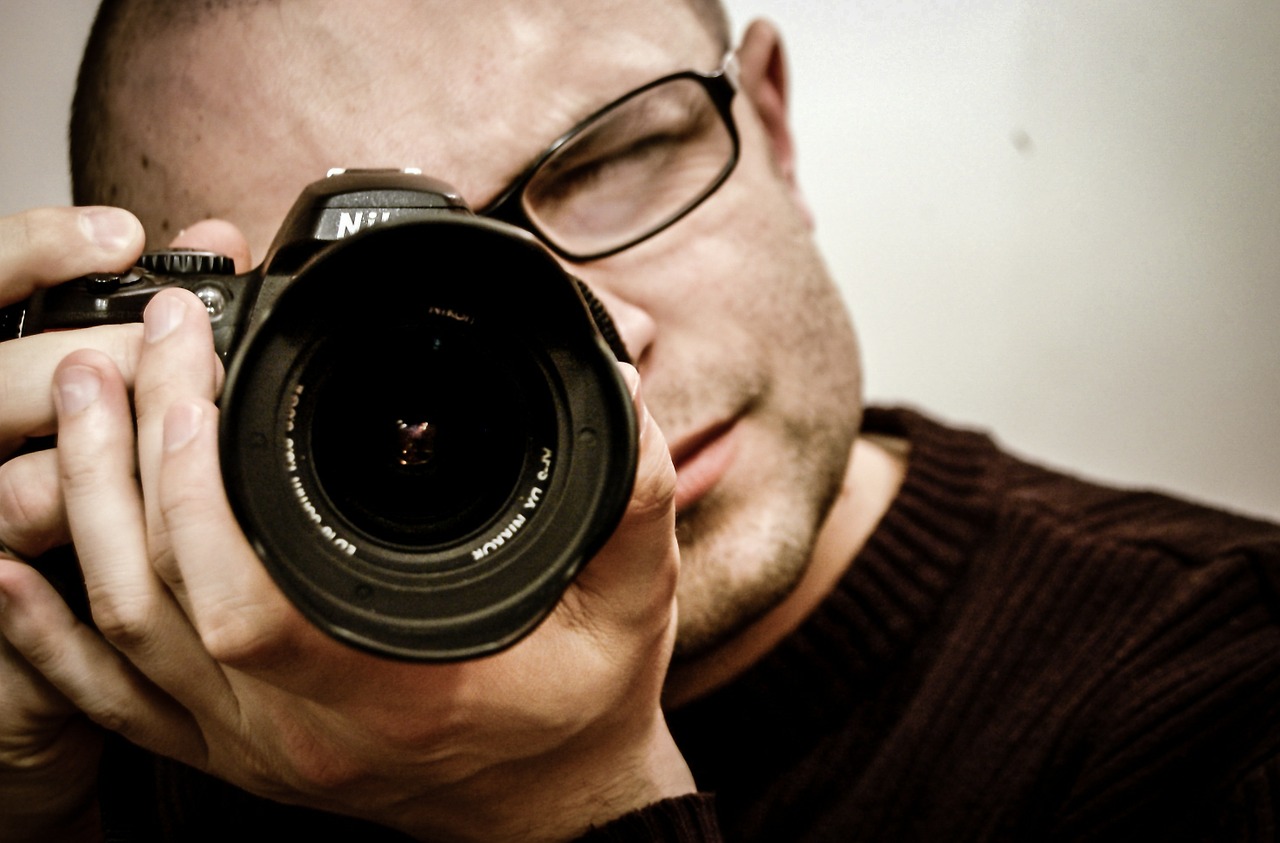Good pictures, like good investments, don’t happen with luck, but require many hours of diligence, analysis, and grueling work.
Since as long as I can remember, I’ve wanted not only to see the world, but capture it along the way. My fascination with photography was more than just your typical, childish infatuation; I didn’t “dabble” with a point and shoot and lose interest when tempted with a new hobby. As a teen, I saved up for months to buy my first SLR camera, then bought magazines and equipment and taught myself on the field.
Eventually I became a semi-professional wildlife and nature photographer. Today, there are few things that bring me more joy than snapping exotic places and creatures, then reveling in the final product.
My passion for photography did not mature in a vacuum. At the same time as I was teaching myself photography, I was receiving a formal education in finance, then beginning a cross-continental investment career. My career in finance brought me to all corners of the globe, and I was lucky enough to bring my camera along and master the craft on the go. As I nurtured these two passions simultaneously, an unlikely symmetry emerged. The similarities between photography and investing are actually quite striking, and anyone pursuing a career in finance could learn a thing or two from the lessons this hobby imparts.
It’s hard to say in what ways photography has informed my investing career and vice versa; I like to think it’s a circular feedback that makes me stronger in both areas. That said I can derive some clear equivalencies that may serve as food for thought for others pursuing a career in finance.
Here are a few lessons I’ve learned, how they’ve helped me, and what aspiring investors can take with them as they advance their careers in finance.
There is a science to art, and an art to science
Photography is an art; this fact alone may lead people pursuing finance to dismiss it at least in part. Elements like composition and expression of emotion lend themselves to the artistic side to photography, but these would be impossible to achieve without the science involved. The physical operation of a camera and its lenses is scientific in nature, and a photographer must learn a set of objective rules involving aperture, shutter speed, depth of field, exposure ranges and composition to yield quality pictures.
A paramount difference between art and science is that the former is subjective, and the latter objective. Knowing this, it’s clear that photography is both, as is investing. Photography would not be what it is without science; investing, a practice that involves scientific methodology and financial theory as well as subjective decision-making, owes much to art as well.
According to famed value investor and Baupost Group founder Seth Klarman, investment is first and foremost an art. “The ability to distill two or three major themes out of an investment and get right to the heart of the matter…is truly an art,” he said in an interview. “I would say [investing is] art first and foremost, craft second, science third.”
But bear in mind, investing’s artistic side isn’t always a good thing. When emotion influences investment decisions, trouble may be a foot. But that’s exactly the point. Both photography and investment require a balance between subjective and objective, or art and science, to yield positive results.
Luck is never enough
With both photography and investing, luck can go a long way. We all know that being in the right place at the right time with a camera is not only lucky, but lucrative (one reason many photojournalists have lost their jobs to amateurs). The same goes for investing; you invest in the right company at the right time and hold onto your share for just long enough, and success is yours.
Luck can get you far, but it’s not enough. In fact, bad luck is even more likely to plague you. The stakes are different, of course: you don’t have much to lose by relying on luck as a photographer unless it’s your main source of income. On the contrary, investing on a whim can be damaging to your career and your wallet. Having a strategy in place, on the other hand, can increase your odds of success.
Relying on luck alone is a fool’s errand, which is why I have sought to be as educated as possible in both finance and photography. This means actually putting in the time and effort to analyze the situation and work it to your advantage. It means pouring sweat and blood into the little things so that when bigger things come along, you won’t trip up.
Without the right knowledge and the right tools, making informed decisions becomes much harder, and you fall back on luck to make up the difference. With the right information, you can place yourself in the right place at the right time on purpose rather than by chance.
If you don’t take risks, you get nowhere
The safer you play things the more stagnant you become. If you don’t take risks, you don’t lose, sure, but you don’t reap any rewards either.
In nature photography, risks present themselves all the time. I’ve swam with sharks, gotten close to steep edges, waited for hours in freezing weather to spot polar bears, and poured time, money, and effort into my travels in order to get great photos. The more I learned about photography, the better I was able to evaluate which risks were worth the reward and which were a waste of resources.
Risk is also a huge and essential element when it comes to investing. I specialized in emerging markets investing—which comes with a unique set of risks involving politics, macroeconomics, and microeconomics. After many years in this field, I was able to assess and reassess these risks.
For many, just stepping out of your comfort zone may seem like a risk. But I’ve found that investment and photography bring forth opportunities to go and experience new communities, new cultures, and much, much more—but only if you’re willing to go the extra mile, or a thousand. In short, they’re the kind of risks that take you places. They’re the kind of risks that make you a more well-rounded human with a sense of context and purpose on our beautiful planet.
All things considered, photography and investing have been the perfect partnership in my own quest to improve both my instincts and learned skills in all areas of life. Whether your goal is to take enchanting photographs or make fruitful investments, there is something to be gained in realizing that no skill set or career thrives in isolation. There are helpful parallels to be found all around us; this is just one telling example.
I hope that at the very least, when you pull the trigger on your next investment, you’ll have a snapshot’s worth more insight to make it a good one.




